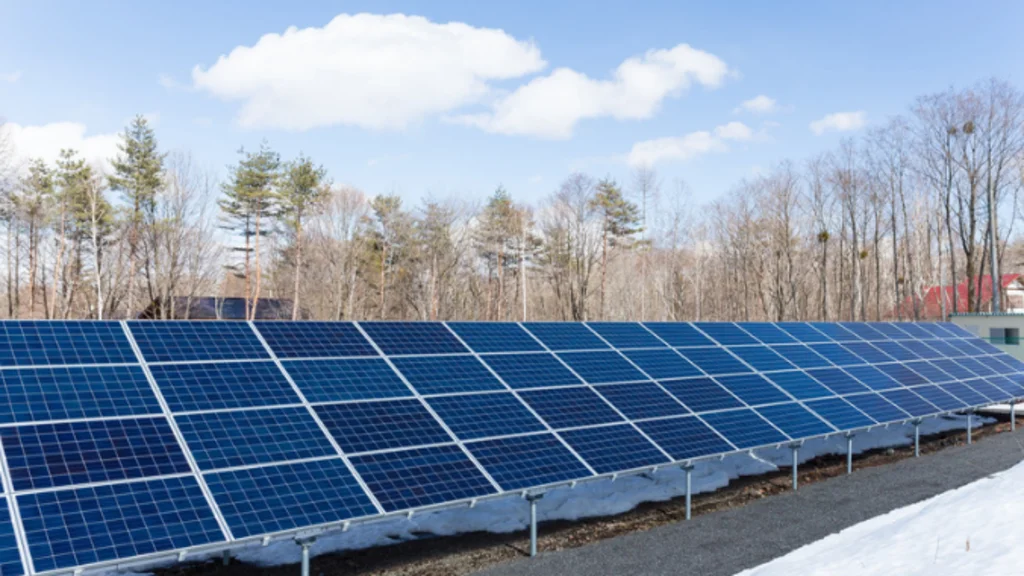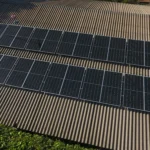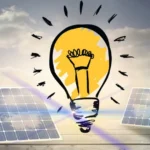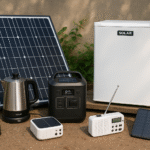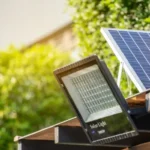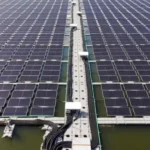Solar power has revolutionized how we generate electricity, especially in homes and businesses across Europe. While many people understand the basic concept that sunlight hits panels and produces power, the full energy chain for a solar panel involves more than just the panel itself.
Understanding this chain can help solar system owners use their setup more effectively, avoid common inefficiencies, and maximize their energy savings.
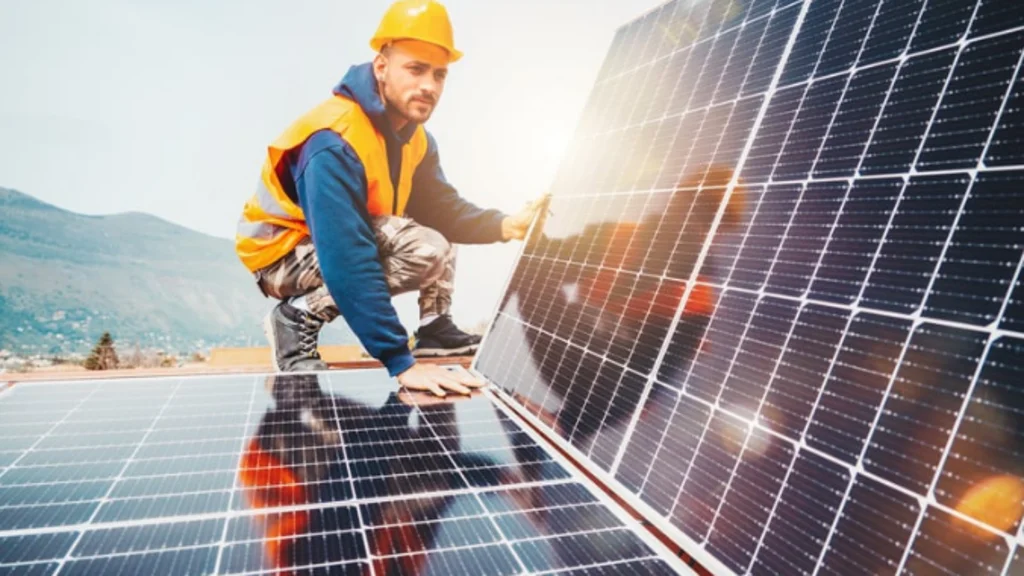
What Is the Energy Chain for a Solar Panel?
The energy chain refers to the entire process and components involved in converting sunlight into usable electricity. It’s a step-by-step sequence — from photon absorption to clean energy delivery to your home or business devices.
This chain includes several key stages:
- Solar Energy Collection – where photovoltaic (PV) panels absorb sunlight.
- DC to AC Conversion – handled by the inverter.
- Energy Storage or Immediate Use – depending on whether a battery system is installed.
- Load Management – distributing energy to appliances or the grid.
- Monitoring and Feedback Systems – to track performance and efficiency.
Understanding each stage of the energy chain allows users to troubleshoot issues, improve efficiency, and make informed upgrades.
Stage 1: Energy Capture by Solar Panels
At the very beginning of the energy chain for a solar panel, solar panels collect sunlight using photovoltaic cells. These cells are typically made of silicon and work by generating direct current (DC) electricity when exposed to sunlight.
This part of the process is most effective when:
- Panels are positioned at the correct angle based on your geographic location.
- They are kept clean and free of shading.
- The system uses high-efficiency panels, especially relevant for European climates with varied sun exposure.
Even a slight drop in efficiency at this stage affects the entire chain.
Stage 2: Conversion from DC to AC (Inverter)
Once DC electricity is generated by the panels, the next stage in the chain for a solar panel is handled by the inverter. Most household appliances and the grid operate on alternating current (AC), so this conversion is essential.
There are three main types of inverters:
- String Inverters – standard in residential systems.
- Microinverters – attached to individual panels for optimized performance.
- Hybrid Inverters – which combine solar and battery functions.
For system owners in Europe, especially those in urban settings, microinverters can help maximize efficiency when panels are partially shaded or installed on irregular rooftops.
Stage 3: Energy Storage or Grid Usage
After conversion, the electricity either goes directly to powering your home or is stored in a battery for later use. This is a crucial part of the energy chain for a solar panel lifespan,because it affects how much energy independence you can achieve.
Options at this stage include:
- Using the power instantly – ideal for homes with daytime energy needs.
- Storing energy in batteries – perfect for evening use or during outages.
- Sending excess energy to the grid – through net metering or feed-in tariffs (depending on country regulations).
European nations like Germany, the Netherlands, and Spain offer supportive policies for grid feed-in, making this stage especially relevant for system owners in those countries.
Stage 4: Load Distribution and Management
Now that usable AC power is available, the next step in the energy chain is distributing that energy to various devices and appliances throughout the property.
Smart energy management systems (SEMS) can:
- Prioritize energy usage (e.g., essential appliances first).
- Detect inefficiencies.
- Help users track energy consumption in real time.
This part of the chain is vital for users who want to go beyond just installing panels and aim for optimized energy use — a key goal for many European homeowners trying to reduce carbon footprints and electricity bills.
Stage 5: Monitoring and Feedback Systems
Real-time monitoring is the final component of the energy chain for a solar. These systems allow you to:
- View live energy production and usage.
- Detect faults or underperformance.
- Schedule maintenance and cleaning.
Modern solar setups often include apps or dashboards that make this data easy to read. Some even offer alerts if a panel isn’t functioning correctly.

Why Understanding the Energy Chain Matters
Most solar users simply check their energy bill and see if it dropped, but that’s not enough. When you understand the energy chain for a panel, you can pinpoint which part of your system might be underperforming.
For example:
- Is your inverter outdated or inefficient?
- Are your batteries storing enough energy?
- Are you losing energy due to unmonitored consumption?
The more familiar you are with each step in the energy flow, the more control you have over performance, maintenance, and cost savings.
Common Mistakes Users Make in the Energy Chain
Even in regions like Germany, France, and the UK, where solar adoption is high, many users unknowingly weaken their system’s performance by making simple mistakes. These usually occur in the later stages of the energy chain for a solar panel, such as:
1. Poor Monitoring or No Monitoring
Many users fail to install or check energy monitoring systems. Without them, it’s challenging to notice inefficiencies or drops in output until they’ve already impacted your utility bills.
2. Overlooking Inverter Performance
If the inverter is too small or outdated, it can become a bottleneck. Users often upgrade their panels but keep an old inverter, which reduces the benefits of newer technology.
3. Underutilized Batteries
Having storage capacity but not optimizing charging/discharging cycles results in wasted energy. This is especially relevant in countries with variable weather or off-peak tariffs.
4. No Load Management Strategy
Without a system to prioritize or schedule energy usage (e.g., running laundry during peak solar hours), much of the solar power gets wasted.
By avoiding these issues, users can protect the integrity of their chain for a solar panel and extend the lifespan and savings of their system.
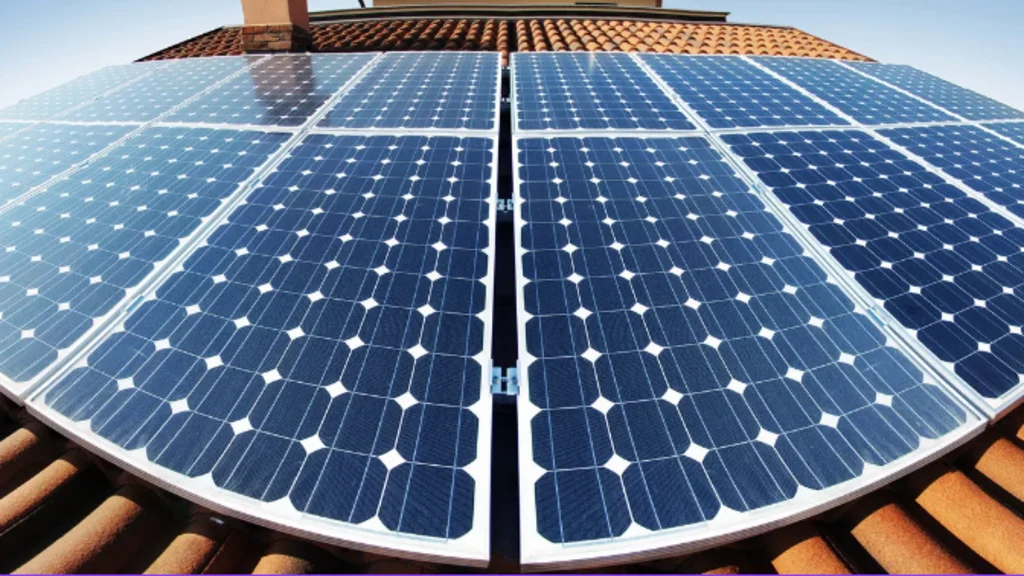
How to Optimize the Energy Chain for a Solar Panel in Europe
If you’re located in Europe and want to get the most out of your solar setup, follow these best practices tailored for your climate and grid systems:
Use Smart Inverters
Modern inverters provide performance reports, real-time data, and remote troubleshooting — critical in the European context where energy efficient home tariffs and solar policies vary widely.
Add Battery Storage with Load Scheduling
Install lithium-ion batteries with smart load-shifting to meet evening energy needs without pulling from the grid. Schedule appliances to run during solar peak hours.
Monitor System Health
Use tools like SolarEdge, Enphase, or proprietary apps provided by your installer to monitor:
- Output per panel
- Conversion efficiency
- Storage capacity
- Grid feed-in stats
Perform Seasonal Adjustments
Tilt angle, panel cleaning frequency, and energy usage patterns may need adjusting depending on summer/winter months. This is especially important in countries like the UK or Denmark where sunlight varies dramatically.
Regular Maintenance
Check wiring, inverter health, panel surface cleanliness, and battery performance every 6–12 months.
Optimizing each component strengthens the overall energy chain for a solar, leading to better ROI and reliability.
How eGrowatt Helps Strengthen the Solar Energy Chain
At eGrowatt, we understand that solar power isn’t just about installing panels — it’s about managing the entire energy journey. We help users:
- Choose the right panel-inverter-battery combo
- Monitor performance through smart tools
- Get ongoing support and guidance
- Adapt systems to changing weather or energy needs
Whether you’re upgrading your inverter, adding storage, or trying to understand why your bills aren’t dropping, our experts can evaluate your full energy chain for a solar and help you get the most from every watt.
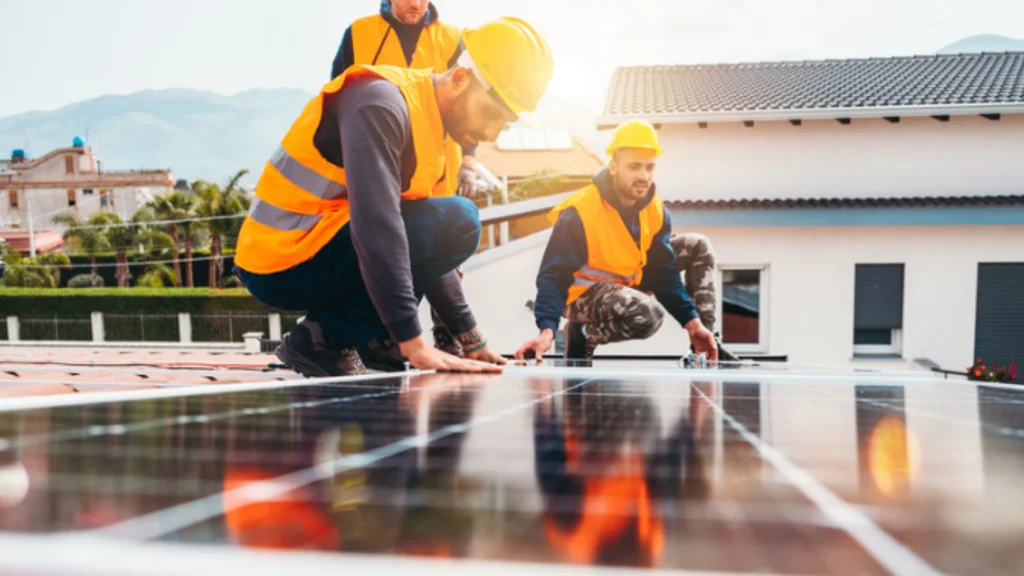
Solar Success Starts with Understanding the Chain
If you’re serious about saving money, reducing emissions, and gaining energy independence, don’t stop at just buying solar panels. Knowing how the energy chain for a solar panel works — from sunlight to socket — empowers you to:
- Detect problems before they grow
- Optimize energy usage
- Maximize system lifespan
The best-performing solar systems aren’t always the most expensive ones — they’re the ones that are best understood and adequately maintained. So, whether you’re a new buyer or a current user unsure of how your system functions, now is the time to explore the full energy path powering your home or business.
FAQs
1. What is the energy chain for a solar panel?
The energy chain refers to converting sunlight into usable electricity, including energy capture, conversion, storage, load management, and monitoring.
2. Why is it important to understand the full energy chain?
Understanding the chain helps users detect inefficiencies, optimize system performance, and maximize their investment.
3. Can a poor inverter affect the energy chain?
Yes, an outdated or undersized inverter can become a bottleneck in the chain, limiting how much usable energy reaches your home or battery storage.
4. Do I need a battery for an efficient energy chain?
Not always, but batteries improve energy independence and allow you to store solar power for evening or emergency use — especially useful in areas with limited sunlight hours.
5. How can I monitor my solar panel energy chain performance?
Use smart monitoring tools or apps that track panel output, inverter efficiency, battery status, and energy consumption in real time.

